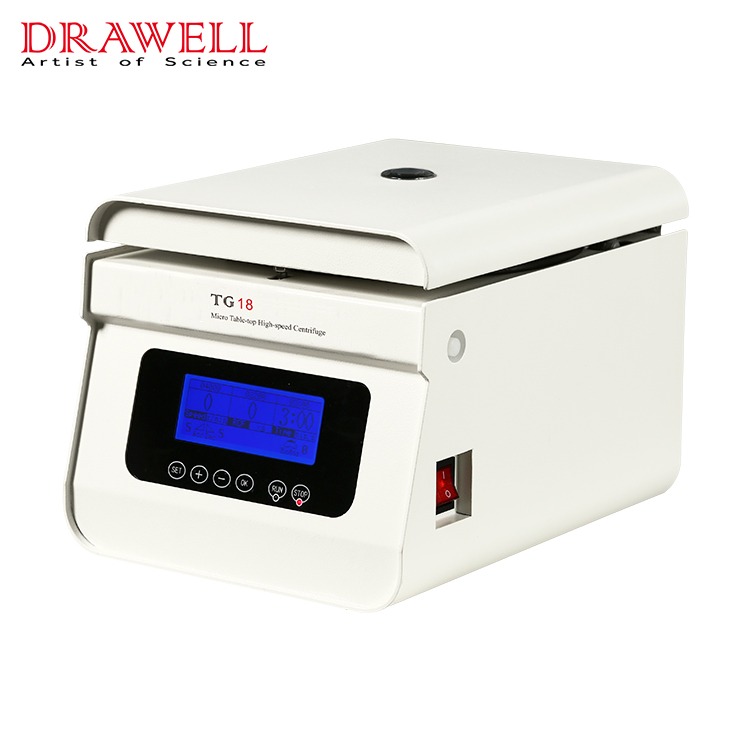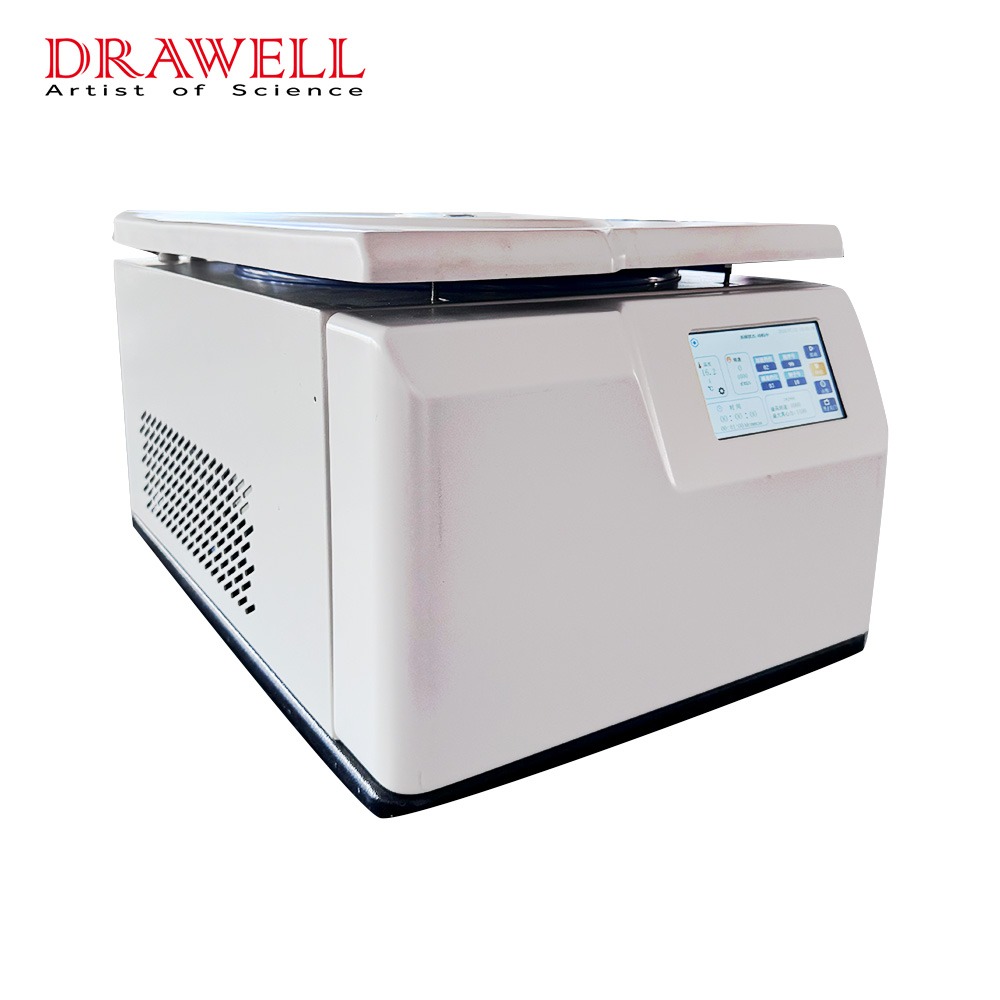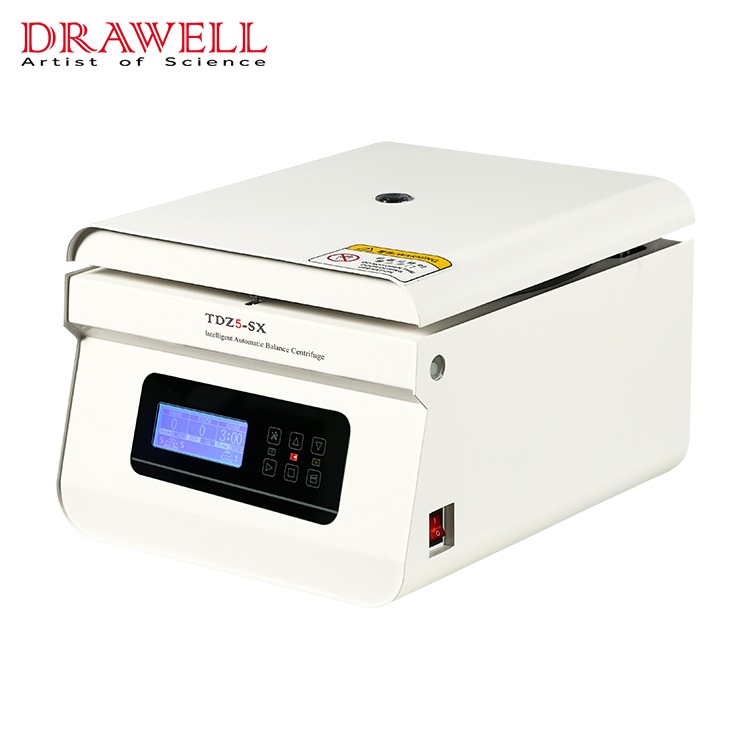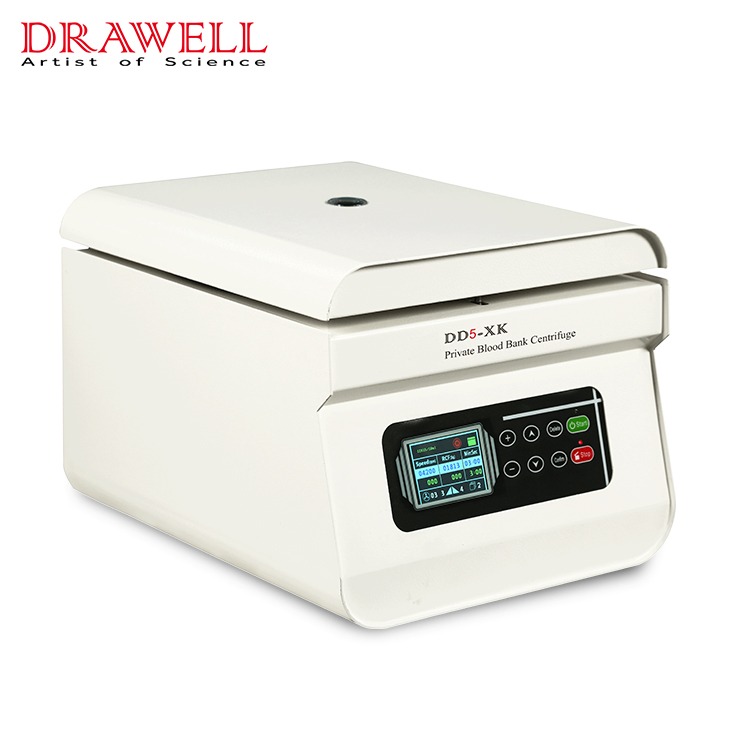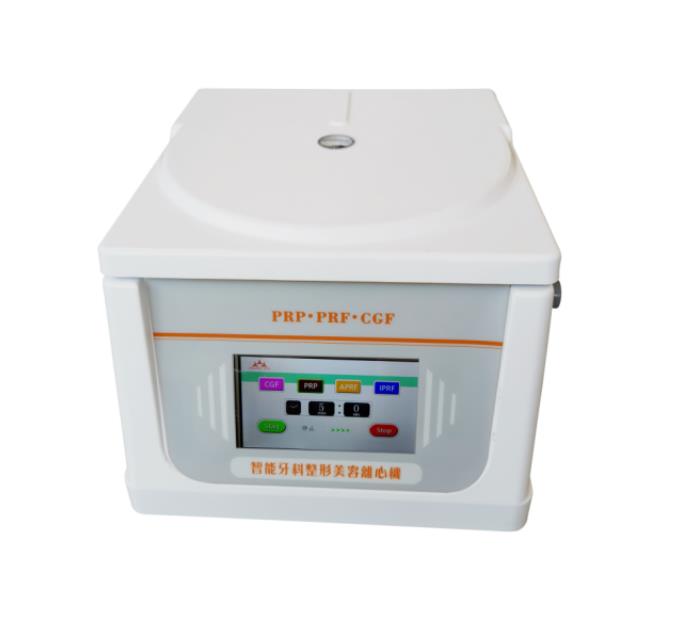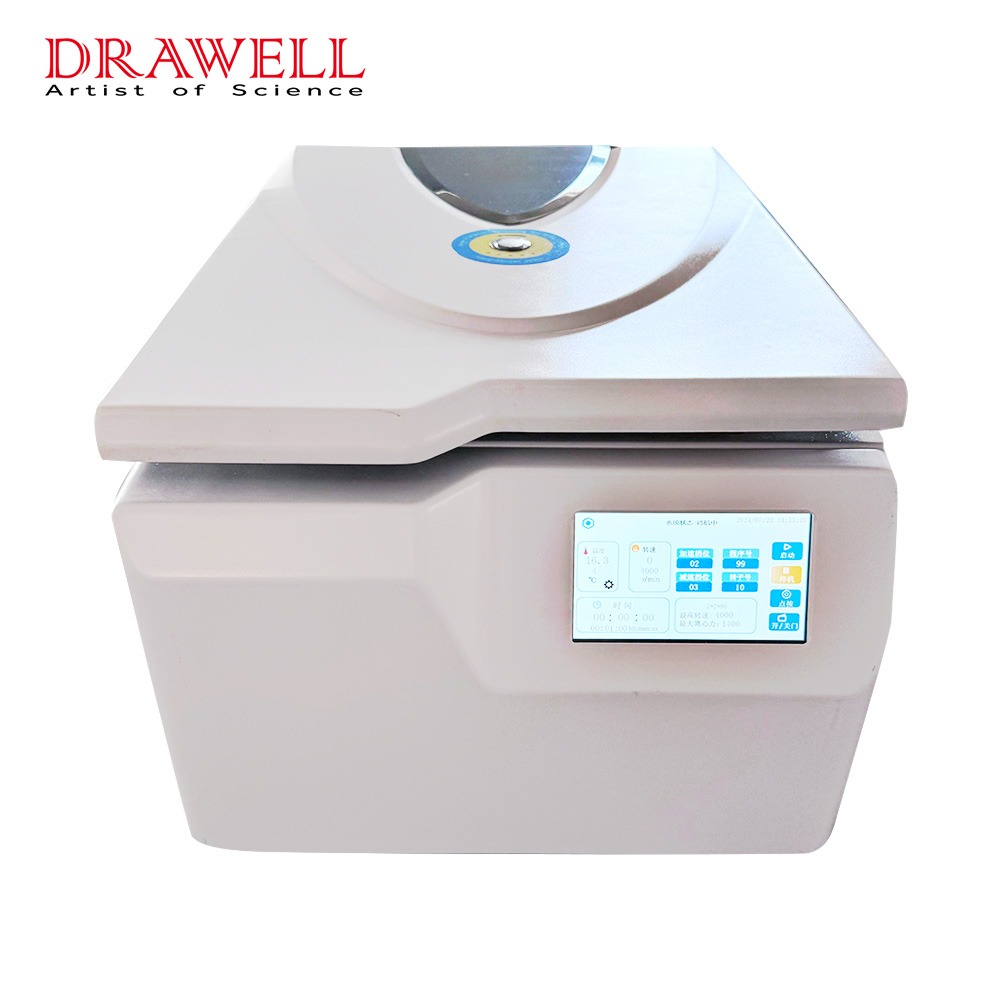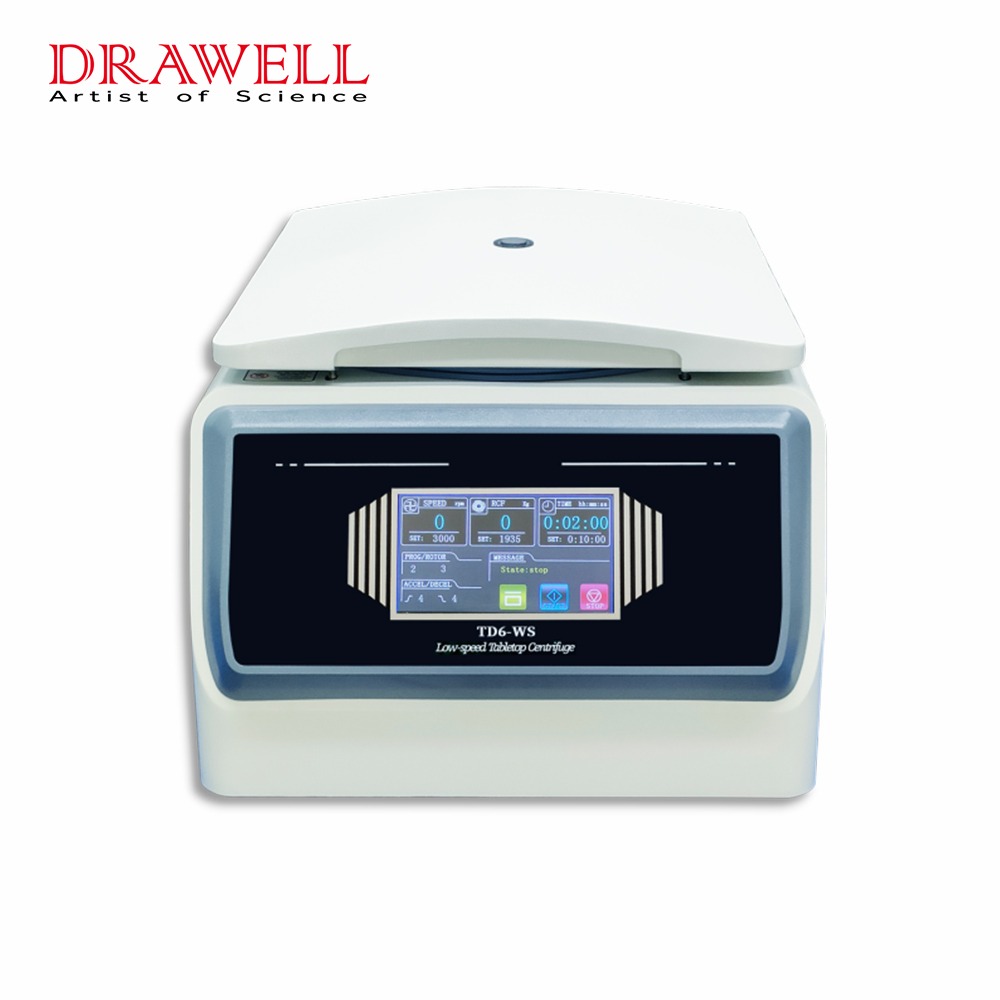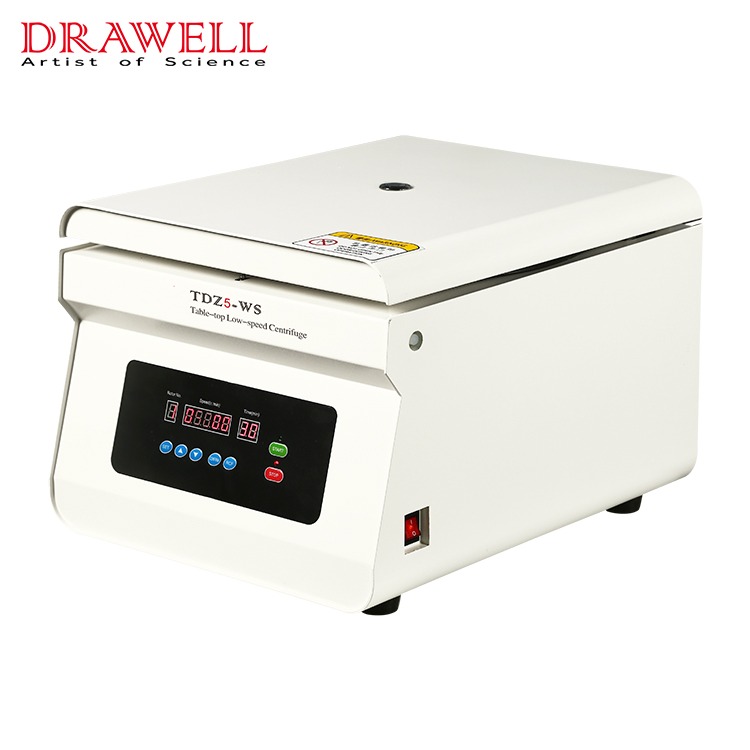Lab centrifuges are indispensable tools in scientific research and clinical diagnostics, enabling the separation of components based on density through high-speed rotation. However, like any sophisticated equipment, centrifuges can encounter a range of issues that disrupt their operation. This article outlines the top 10 common lab centrifuge problems and provides troubleshooting steps to address them effectively.
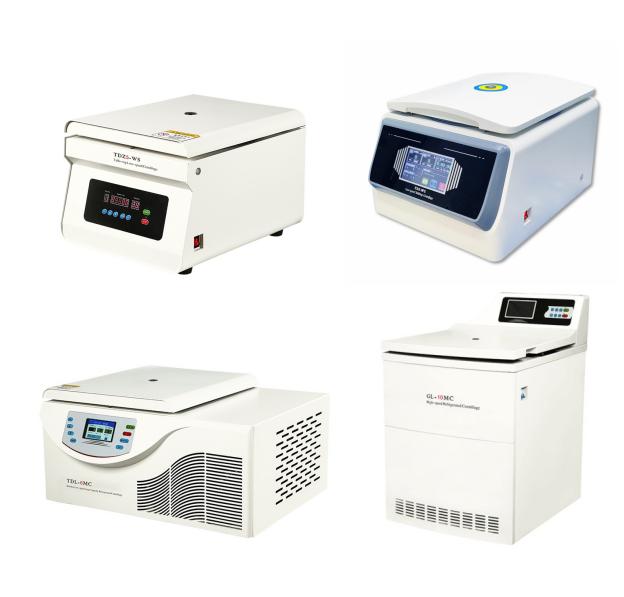
Problem 1: No Power or Failure to Start
One of the most basic yet frustrating issues is when the centrifuge fails to power on or start.
Symptoms:
The centrifuge display remains blank.
No motor sound or movement is detected.
Possible Causes:
Power supply issues
Blown fuses
Faulty power switches or connections
Troubleshooting Steps:
- Ensure the power cord is securely plugged into a functional outlet.
- Test the outlet with another device to confirm it is working.
- Replace any blown fuses and reset the circuit breaker if tripped.
- Check the power switch and replace it if it is faulty.
- Consult a technician if internal wiring issues are suspected.
Problem 2: Excessive Vibration
Excessive vibration can lead to inaccurate results and potential damage to the centrifuge.
Symptoms:
Noticeable shaking or wobbling.
Unusual noise accompanying the vibration.
Possible Causes:
Unbalanced load
Improper placement on an uneven surface
Damaged or worn rotor
Troubleshooting Steps:
- Ensure samples are evenly balanced within the rotor.
- Place the centrifuge on a stable, level surface.
- Inspect the rotor for visible damage and replace if necessary.
- Check for and remove any foreign objects inside the centrifuge.
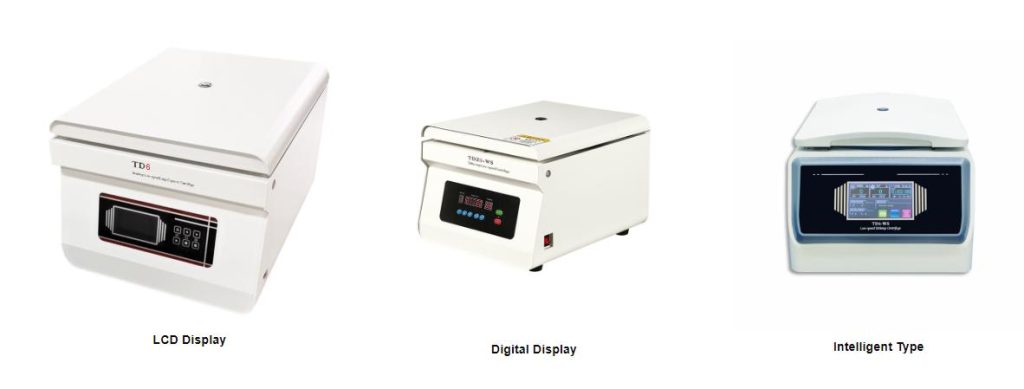
Problem 3: Abnormal Noise
Unusual noises during operation can indicate underlying issues that need immediate attention.
Symptoms:
Grinding, squeaking, or rattling sounds.
Noise increases with rotor speed.
Possible Causes:
Worn bearings
Loose components
Foreign objects inside the centrifuge
Troubleshooting Steps:
- Stop the centrifuge and remove the rotor.
- Inspect for and remove any loose objects or debris.
- Check and tighten any loose components.
- Inspect the bearings and replace if they are worn or damaged.
Problem 4: Inconsistent Speeds or Failure to Reach Set Speed
When a centrifuge fails to reach or maintain the set speed, it can compromise sample separation.
Symptoms:
Speed fluctuates during operation.
The centrifuge never reaches the set speed.
Possible Causes:
Motor issues
Control panel malfunction
Incorrect settings
Troubleshooting Steps:
- Verify and adjust speed settings as needed.
- Inspect the motor for signs of wear or malfunction and replace if necessary.
- Check the control panel for faults and consult the manufacturer if repairs are needed.
- Perform a calibration check to ensure accuracy.
Problem 5: Overheating
Overheating can damage the centrifuge and affect its performance.
Symptoms:
External surfaces feel hot to the touch.
The unit shuts down unexpectedly due to overheating.
Possible Causes:
Blocked ventilation
Faulty cooling system
Overuse without adequate cooling periods
Troubleshooting Steps:
- Ensure ventilation openings are clean and unobstructed.
- Inspect the cooling system and repair or replace faulty components.
- Allow the centrifuge to cool down between extended uses.
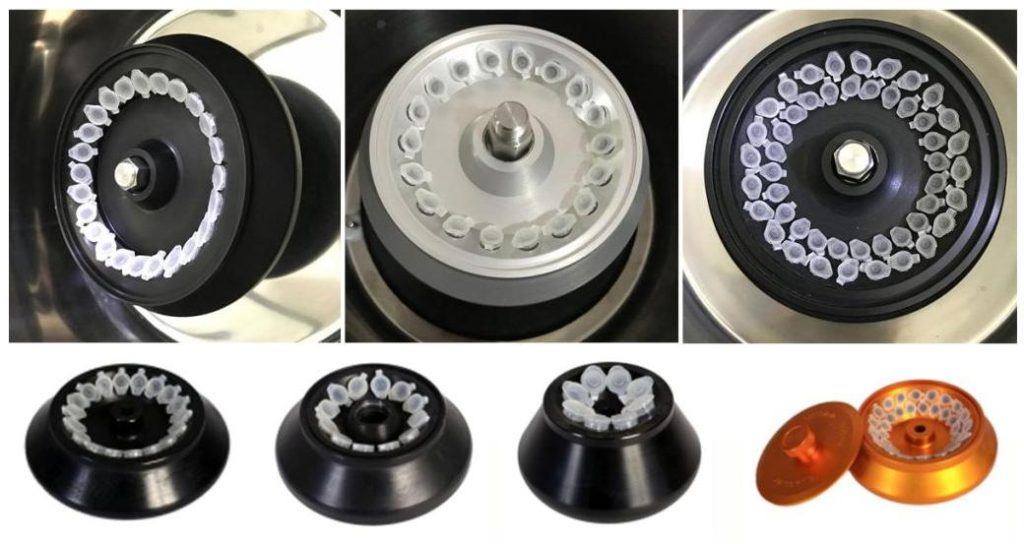
Problem 6: Rotor Damage
A damaged rotor can compromise the safety and effectiveness of the centrifuge.
Symptoms:
Visible cracks or deformities on the rotor.
Unusual noise or vibration during operation.
Possible Causes:
Metal fatigue
Improper use
Incorrect installation
Troubleshooting Steps:
- Inspect the rotor for cracks or other damage and replace if necessary.
- Ensure proper installation and usage according to manufacturer guidelines.
- Avoid using the centrifuge for applications beyond its design specifications.
Problem 7: Lid or Door Issues
Problems with the lid or door can prevent the centrifuge from operating correctly.
Symptoms:
The centrifuge will not start due to an open lid error.
Difficulty in opening or closing the lid.
Possible Causes:
Damaged latch
Faulty sensors
Misalignment
Troubleshooting Steps:
- Check the latch for damage and replace if necessary.
- Inspect and replace faulty sensors.
- Ensure the lid or door is properly aligned and closes securely.
Problem 8: Error Codes and Alarms
Error codes and alarms indicate specific problems that need addressing.
Symptoms:
Specific error codes appear on the display.
Alarms sound during operation.
Possible Causes:
Sensor malfunctions
Software glitches
Calibration issues
Troubleshooting Steps:
- Refer to the user manual to decode error messages.
- Reset the centrifuge if a software glitch is suspected.
- Perform calibration checks and adjustments as necessary.
- Contact the manufacturer for persistent or unclear errors.

Problem 9: Leakage or Spillage
Leakage or spillage can lead to contamination and equipment damage.
Symptoms:
Visible liquid around the centrifuge.
Wet samples or rotor compartments.
Possible Causes:
Broken seals
Improper tube placement
Overfilled tubes
Troubleshooting Steps:
- Inspect seals for wear or damage and replace them if necessary.
- Ensure tubes are properly placed and secured in the rotor.
- Avoid overfilling tubes to prevent spillage.
Problem 10: Poor Sample Separation
Inadequate sample separation affects the quality of the results.
Symptoms:
Incomplete or unclear separation of sample components.
Residual mixture in the tubes.
Possible Causes:
Incorrect centrifuge settings
Improper sample preparation
Rotor imbalance
Troubleshooting Steps:
- Verify and rding to sample requirements.
- Ensure proper sample preparation protocols are followed.
- Balance the rotor before starting the centrifuge.
Conclusion
Maintaining and troubleshooting lab centrifuges is crucial for ensuring their optimal performance and longevity. By understanding and addressing these common problems, lab technicians and researchers can minimize downtime and maintain the efficiency of their centrifuge operations. If you buy centrifuge from Drawell, they will providing you quality assurance products and the techque supports. So you will be not worry about the centrifuge problems. Feel free to contact them when you need.

